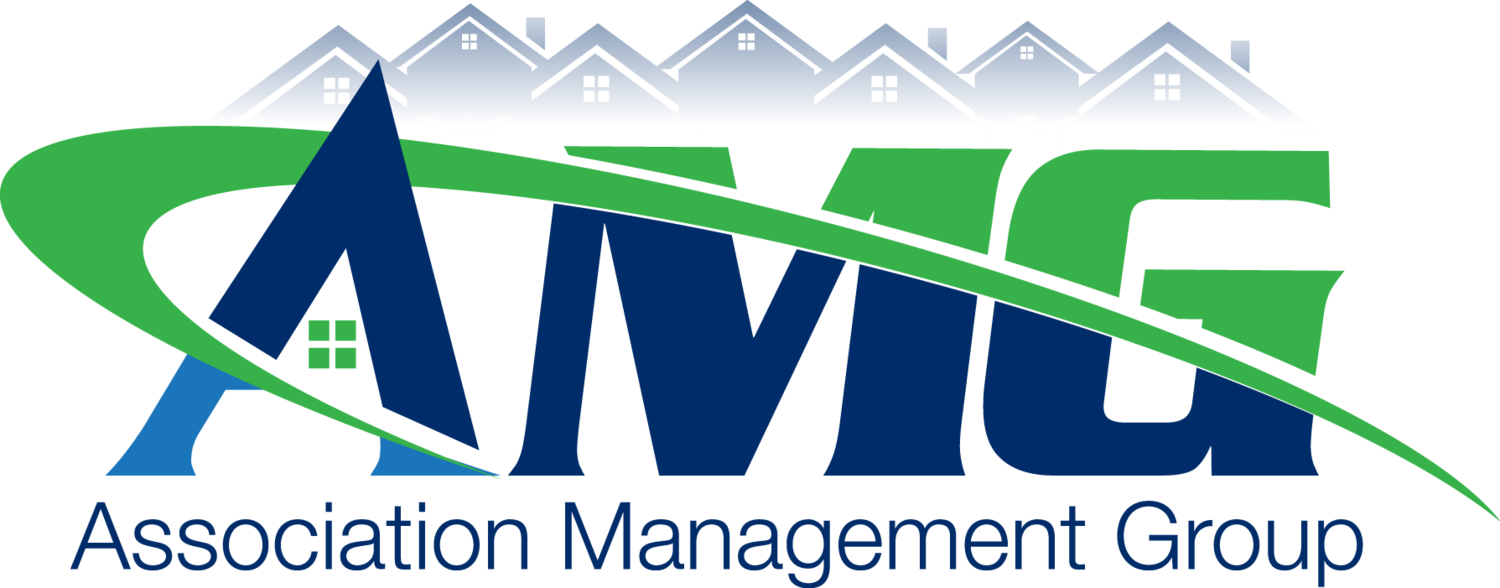Disaster Preparedness: How HOAs Can Plan for the Unexpected
/When disaster strikes, preparation can mean the difference between chaos and a well-managed response. Homeowners Associations (HOAs) play a crucial role in ensuring their communities are prepared for unexpected emergencies, whether it's a natural disaster like hurricanes, wildfires, or earthquakes, or man-made crises such as power outages and security threats. Having a solid disaster preparedness plan in place can protect property, ensure residents’ safety, and help the community recover more efficiently.
1. Develop a Comprehensive Disaster Plan
A well-documented and detailed emergency plan is the foundation of disaster preparedness. HOAs should work with local emergency management agencies to identify potential risks specific to their area. The plan should include:
Evacuation routes and procedures
Communication strategies for notifying residents
Locations of emergency shelters
Key contacts for emergency services
A list of essential supplies and resources
2. Establish a Communication Plan
Clear and timely communication is vital during an emergency. HOAs should implement multiple channels to disseminate critical information, such as:
Email and text message alerts
Community website updates
Social media announcements
Physical notice boards in common areas
Encouraging residents to sign up for emergency notification systems can also enhance community-wide awareness and responsiveness.
3. Conduct Regular Drills and Training
Preparedness is not just about having a plan—it’s about practicing it. HOAs should organize periodic emergency drills to ensure both board members and residents know their roles and responsibilities. Consider:
Fire evacuation drills
Severe weather response exercises
First aid and CPR training
Guest speakers from local emergency services
4. Maintain Emergency Supplies and Resources
Having essential supplies on hand can be a lifesaver during a crisis. HOAs should consider maintaining emergency kits in clubhouses or common areas, including:
First aid kits
Flashlights and batteries
Bottled water and non-perishable food
Backup power sources for essential services
Additionally, ensuring that community infrastructure, such as storm drains and fire hydrants, is well-maintained can prevent further damage in the event of a disaster.
5. Develop a Post-Disaster Recovery Plan
Once the immediate crisis has passed, communities need a plan to rebuild and recover. HOAs should outline:
Steps for assessing property damage
Coordination with insurance providers
Guidelines for temporary housing if needed
Strategies for mental health and wellness support
Working with local contractors and service providers in advance can also expedite the recovery process and reduce downtime for essential services.
6. Foster a Culture of Preparedness
Encouraging residents to take personal preparedness measures is just as important as community-wide efforts. HOAs can promote preparedness through:
Regular newsletters with safety tips
Community meetings focused on emergency planning
Encouraging residents to create their own emergency kits and family plans
By fostering a culture of preparedness, HOAs can ensure that their communities remain resilient, even in the face of the unexpected.
Conclusion
Disaster preparedness is a critical responsibility for HOAs. By developing a comprehensive emergency plan, maintaining clear communication, conducting regular drills, stocking essential supplies, and fostering a culture of preparedness, HOAs can help protect their communities and ensure a swift recovery when disaster strikes. Taking proactive steps today can make all the difference tomorrow.


















